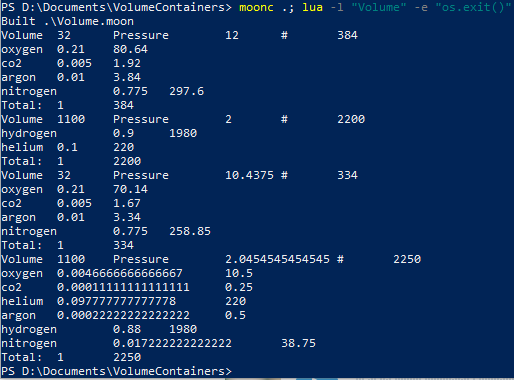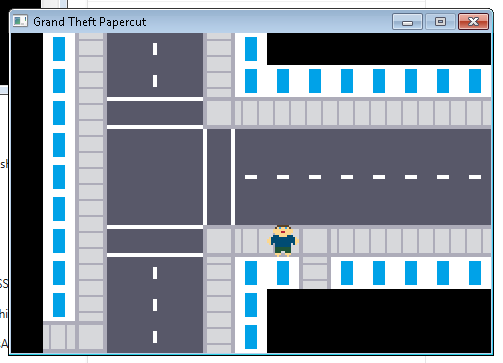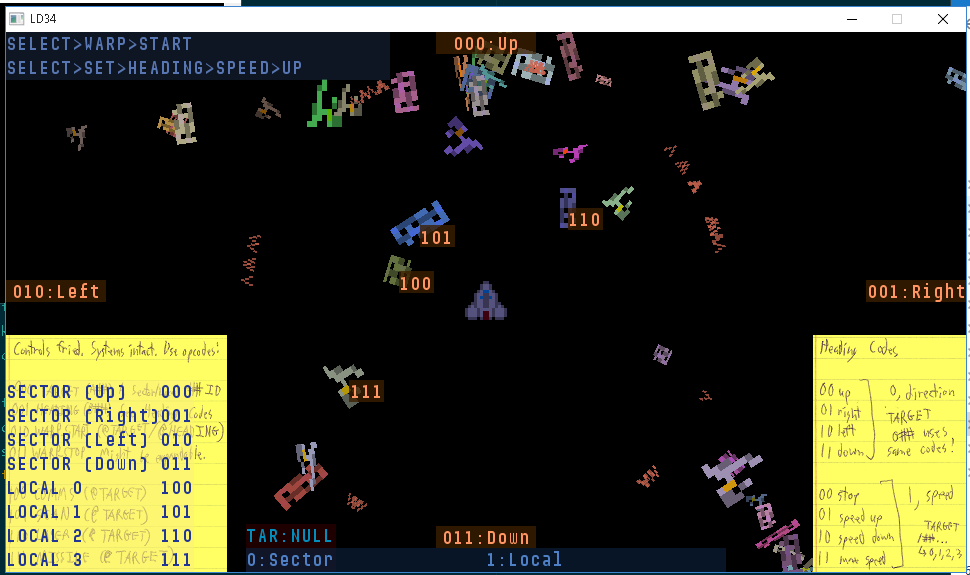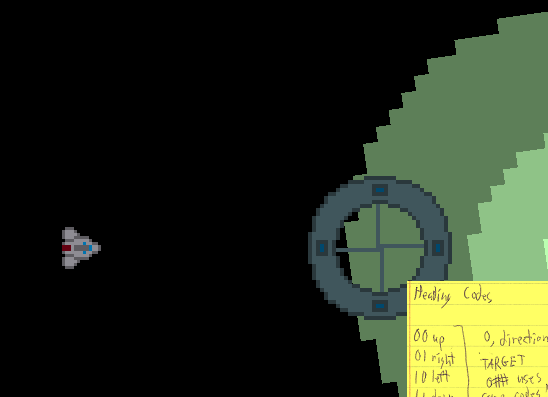A while back, I posted a prototype fluid storage system with a mechanic for handling breaches in a pressurized system. I thought I’d be clever by storing fluids as a percentage of a defined volume and pressure. For a “simplified” system, it was quite complicated, and fundamentally flawed.
This time, it is straightforward. Keep track of the amounts of each fluid, a total sum, and volume of the container. Pressure is the sum divided by the volume, and the percent of a fluid is its amount divided by the total sum of all fluids.
tank = {
volume: 200, sum: 300,
contents: { hydrogen: 200, oxygen: 100 }
}
pressure = tank.sum / tank.volume -- 1.5
percent_hydrogen = tank.contents.hydrogen / tank.sum -- 0.67Everything needed from a container can be accessed immediately or with a single calculation involving only two variables.
But what about hull breaches?
Fluids vs Mechanical Classes
I realized that I should define fluid containers very narrowly, all they need care about is a small set of numbers, and have a few functions to modify that state. Enter the Breach class.
Breach(fluidA, fluidB, volume)Specify which fluid containers are interacting and the volume ( I guess technically it should be area) of the breach. Each update cycle moves the pressure difference multiplied by the volume (area) of the breach from the higher pressure container to the lower pressure container.
What about pumps? I have those, with a “volume” and a “rate” modifier to allow you to adjust how fast the pump works. Pumps only work in one direction, but have a function to reverse them.
Want only one fluid to go through..say, a filter? Made that as well. Valves, so that you can adjust flow rate, filter-pump combos for pushing just the right amount of one fluid, and one-way valves to allow pressure to escape but not allow any blowback.
The Flaws
- Once pressure is equalized, contents do not mix between fluids.
- All fluids have the same density. This probably isn’t that hard to fix, but is unneeded for my purposes.
- All fluids mix. This may or may not be harder to fix depending on how it is approached.
- Temperature isn’t simulated at all. I would love to have heat transfer and heat affecting density, but these details are not necessary for my current project.
The Code
As of publishing this article, I don’t have a library to give you, but I will update it as soon as I do release it. For now, here is where I have the beginnings of a library. No matter what, I can promise it will be available by the end of April (or upon request).




